Independent since 2006, Montenegro is a multifaceted country. Enjoying splendid landscapes and beautiful old cities, this small state remains mysterious.
The Balkans are both fascinating and complex. Through its origins, history and present, Montenegro is the topical example of this region of former Yugoslavia.
With only 620,000 souls, the former province regained its independence almost a century after the overthrow of the royal dynasty of Petrović-Njegoš, the connection to the Serbia and integration into Yugoslavia. A pride for the Montenegrin people, whose most fervent ones have always remembered the struggle against Ottomans by their ancestors.
Today, Montenegro remains a hesitant country between the attraction of the West and the European Union, and its Slavic roots in the East, including complex relations with Serbia. In particular, Montenegro remained bound with the latter more than ten years after the dislocation of Yugoslavia. Always is it that the only certainty is the strong economic dependence on tourism. And for cause! Montenegro offers majestic landscapes, a coast having nothing to envy Croatia , high mountain and a preserved nature.
Quite rare for a country, it is also a small town tourism. Indeed, on the six largest cities, only Herceg-Novi has a real interest in the visitor! Forget the capital Podgorica or his second Nikšić and discover the true riches of the country. It is also one of the country’s sensitive points, the lack of value for the wealth of the major cities. In Podgorica, it seems more interesting to build new buildings rather than renovate the old town. But that’s another topic!
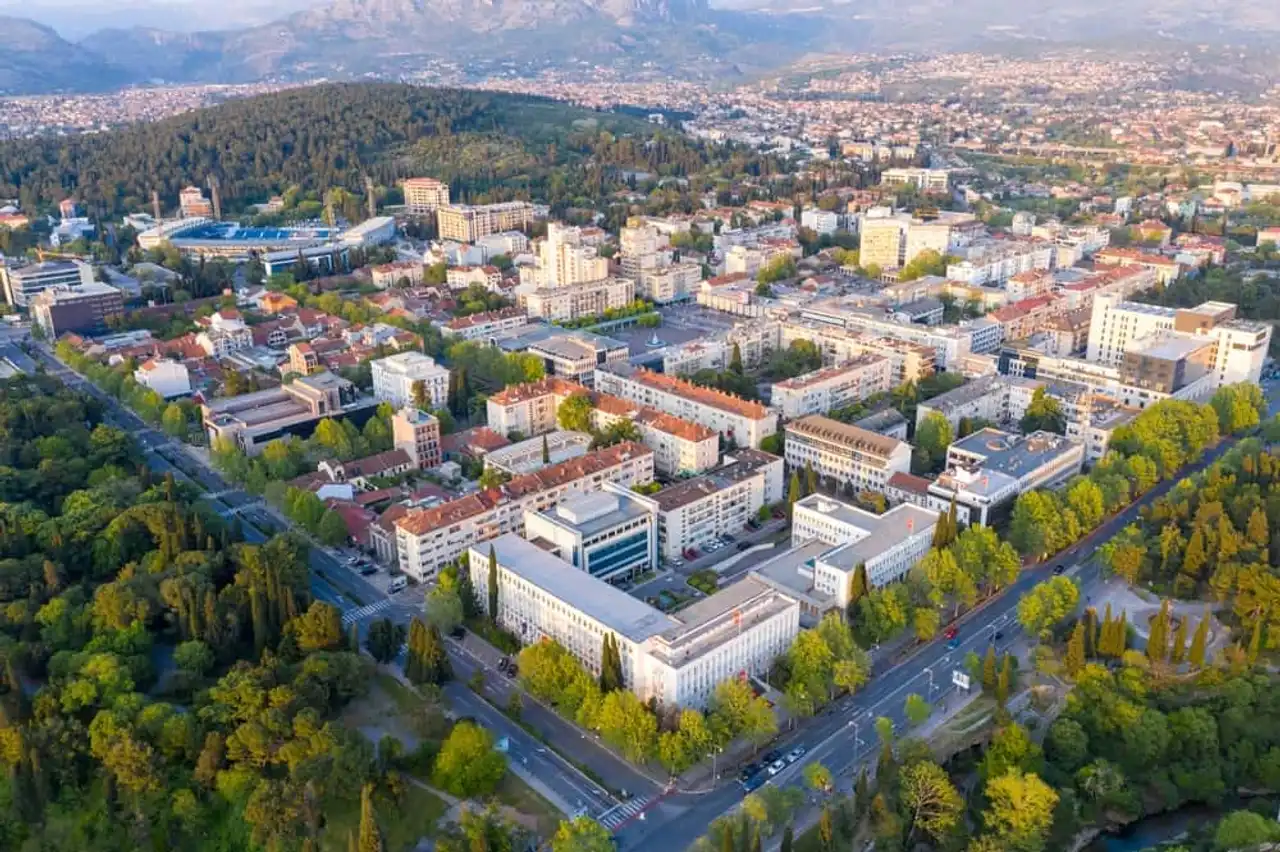
Podgorica aerial view Photo credit: Shutterstock – Predrag Jankovic
Let us go together to discover the riches, history and culture of Montenegro.
The mouths of Kotor, real entrance gates
Appeals Boka Kotorska in Serbian/Montenegrin, the Kotor Palate is the perfect example of the mix between sea and mountain. Indeed, if their form recalls that of a fjord , it is in fact a ria , canyon of a submerged river.
Habited since the 6th century, the Kotor Bouches offers a condensed of all that Montenegro can offer: old cities ( Stari Grad ) in the predominantly Venetian style, the sea with a loss of view and beaches, small hikes to discover breathtaking views.
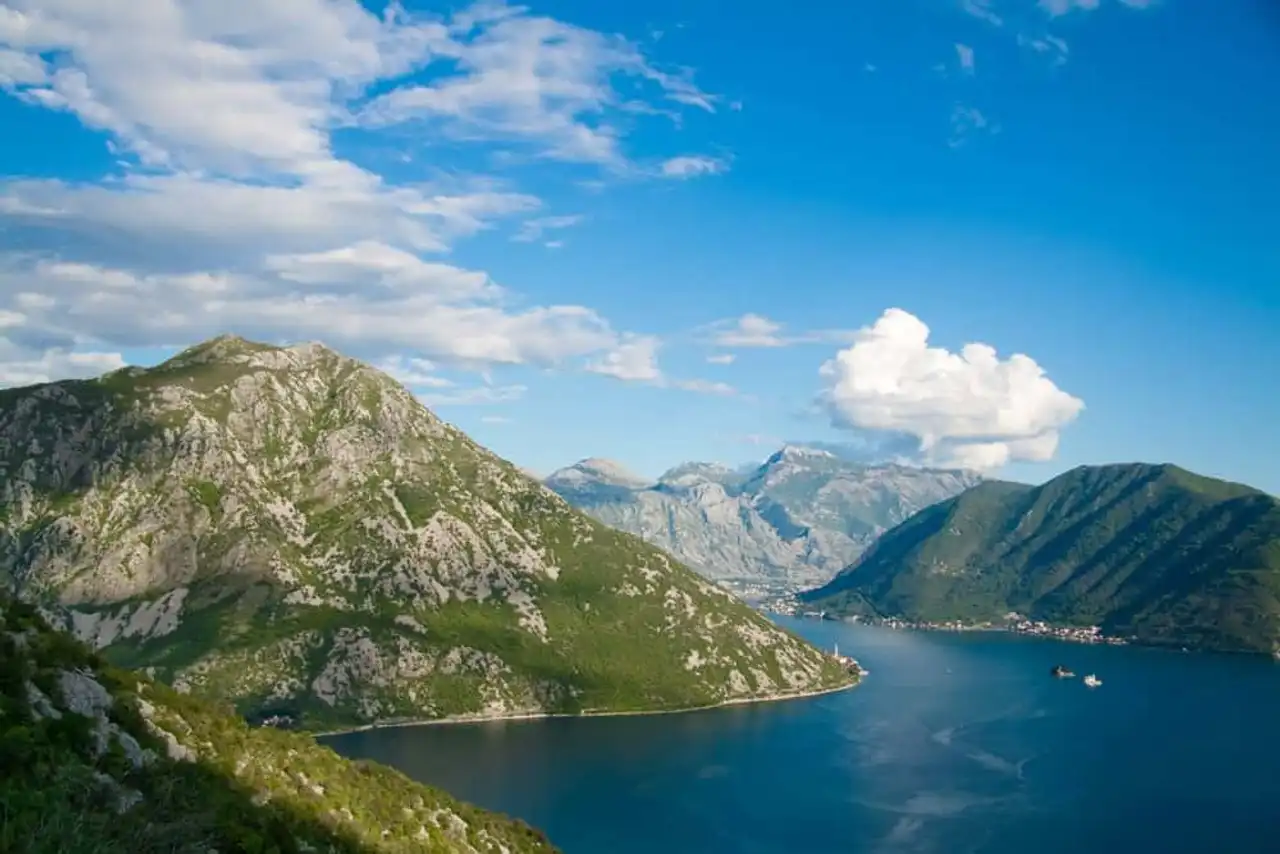
Kotor's mouths Photo credit: Shutterstock : begemotto
Old towns in the region, Kotor is the most known of all and has given its name to the Bouches. A fortified city classified as Unesco World Heritage, Kotor offers a unique walk in the alleys of a multi-secular city, where every corner, place or church, has its own history.
From the Cathedral of Saint-Tryphon to the spectacular hike to the castle and its breathtaking view, to the old buildings, some of which date back to the 10th century, Kotor is a dive in a unique place.
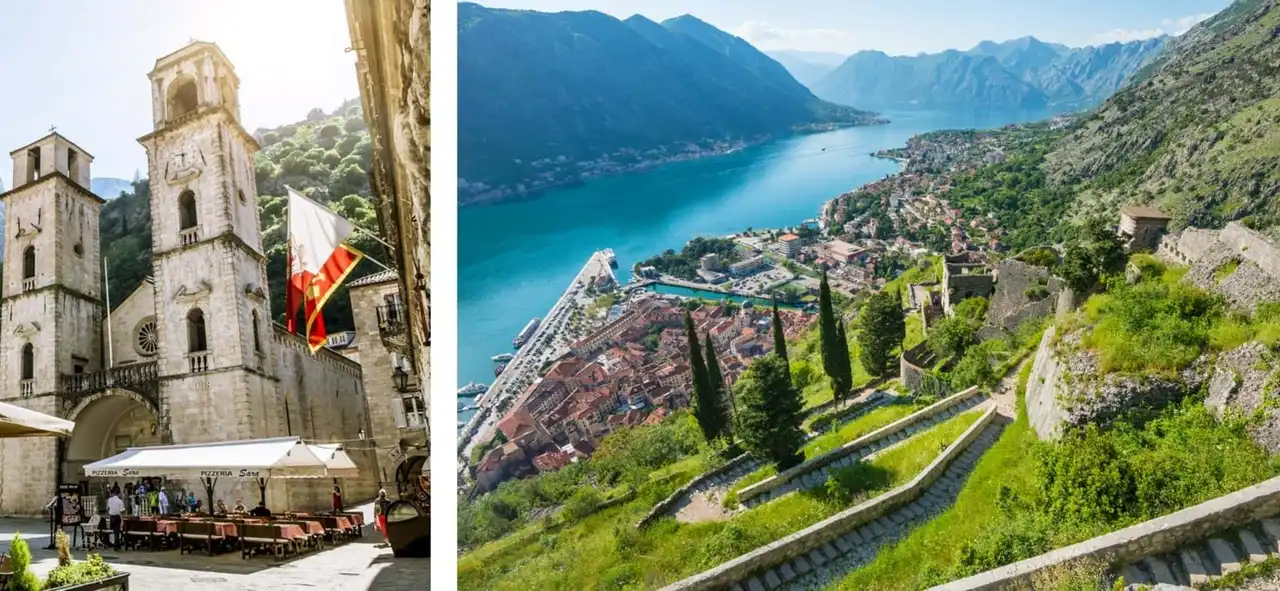
Find on the left: Saint-Tryphon Cathedral On the right: view from the ruins of the fortress Photo credits: Shutterstock : Anton Kudelin Find Olga Kot Photo
It is by car that you can visit the Kotor Buttes, along the coast. Then we discover little wonders. The most remarkable is undoubtedly Perast and his church Notre-Dame des Rochers built on an islet. Small by size, the city is great by the magic it provides.
Here, the time stopped, the stone houses and the palaces take us back to the time of Venetian Albania. The silence of the place is a call to rest and it is the ideal village to recharge one night.
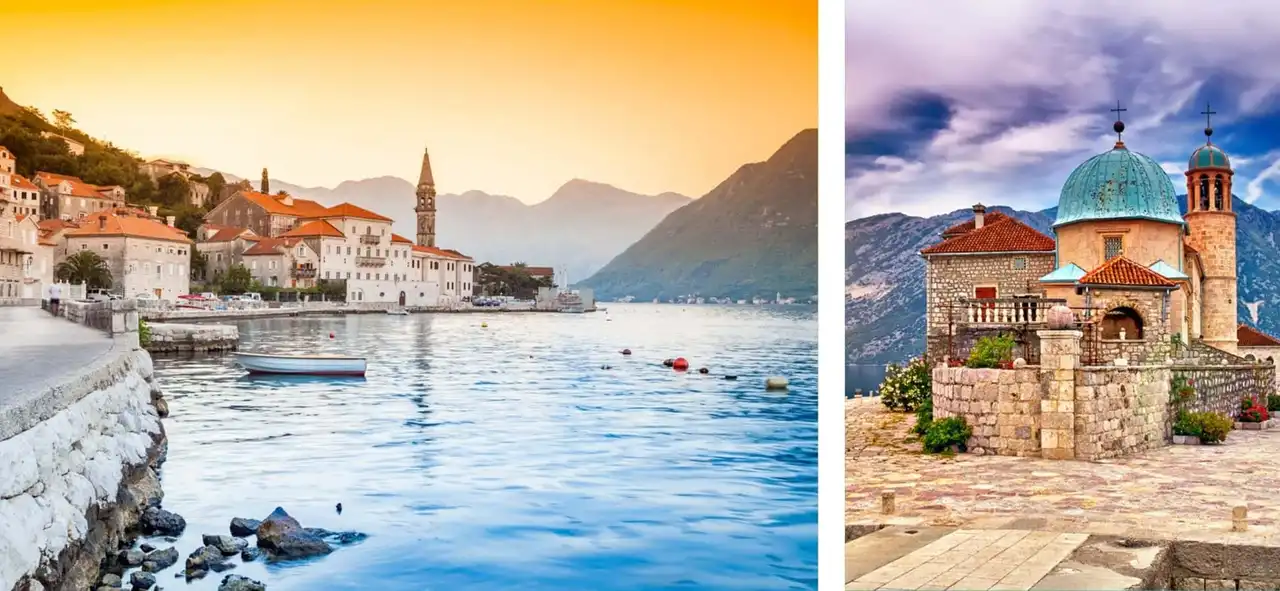
On the left: Find The village of Perast Find On the right: Notre-Dame des Rochers church, located on its island Photo credits: Shutterstock : Taras Hipp
Forty minutes after Perast, close to Croatia, is Herceg-Novi, an unknown but equally beautiful city. Although recent, the city has a tumultuous past, between Venetian and Ottoman occupation, which can be felt on its architecture.
Thus, there is a fort in the seaside, an Ottoman prison on the heights, a monastery and Serbian Orthodox churches.
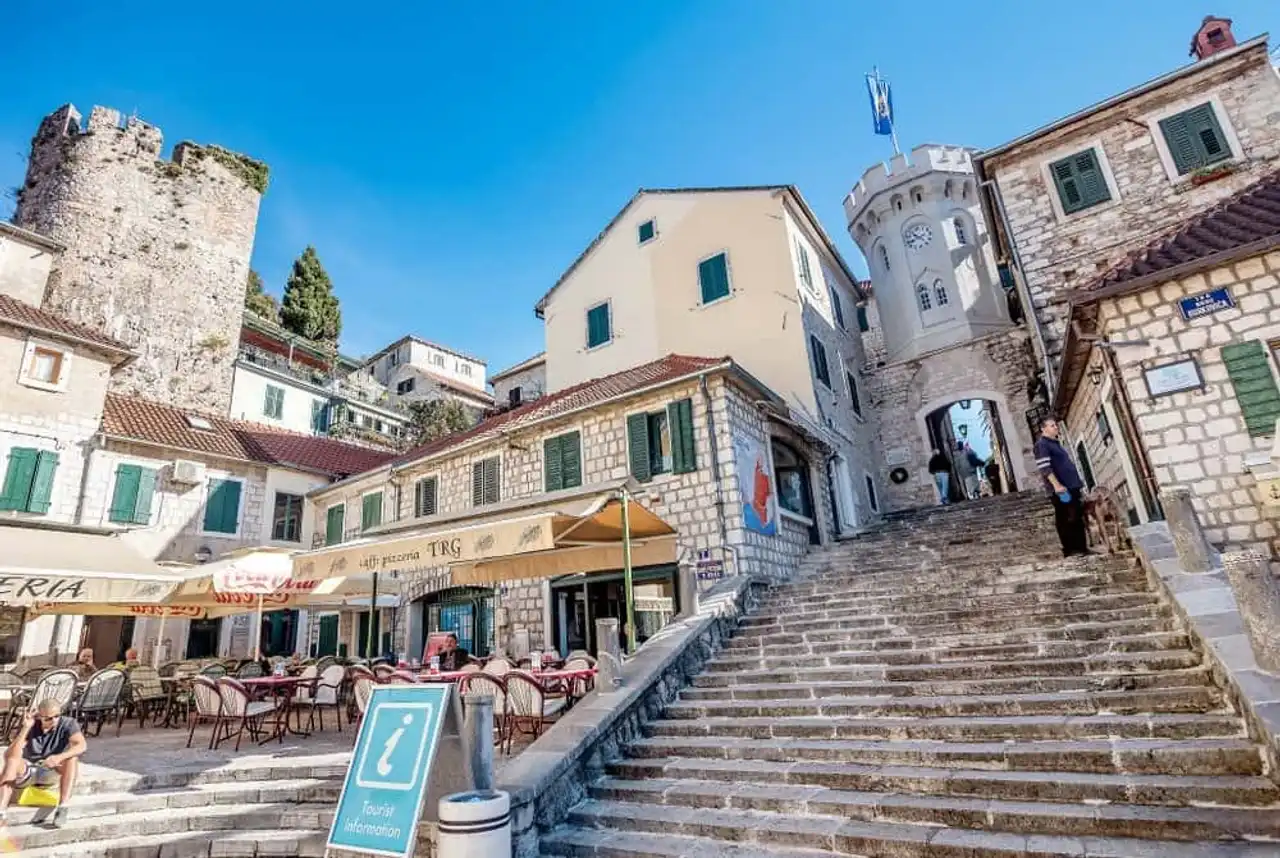
The old town of Herceg Novi Photo credit: Shutterstock : sduraku
Finally, on the other side of the Bouches, which can be reached by taking a ferry, medieval cities leave room for the ambivalent Tivat. A city with no special interest at first glance, everything changes once it reaches the famous marina of Porto Montenegro. Here we no longer count the number of yachts, luxury brands and a certain smell of wealth. Some people love, others hate. Porto Montenegro, however, represents the opening of the country to the outside world and the success of a very ambitious project.
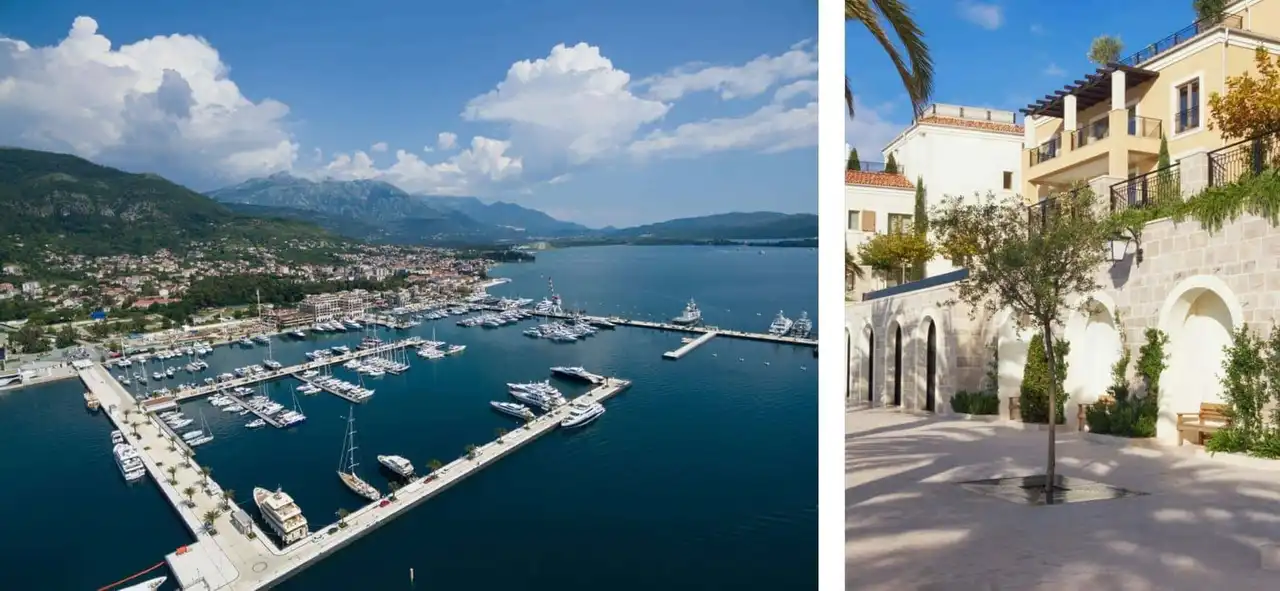
Find on the left: aerial view of the Porto Montenegro Marina in Tivat Find on the right: luxury buildings in Porto Montenegro, Tivat Photo credits: Shutterstock: biggunsband |MISUMI
In summary, the Kotor Bouches offer a discovery through splendid landscapes, an escape from the urban stress of the daily life and the entrance door of a country that strives to open. The atmosphere of each city is appreciated at the terrace of a café, listening to the taste buds that reshape the world and fountains.
Cetinje and the Mont Lovćen, the historic heart of Montenegro
If you have the pleasure of talking with a Montenegrin about the history of his country, he will speak to you very quickly about Cetinje and the nearby mountain, Mount Lovćen.
The country, which translates into French by "black mountain" or Crna Gora in the local language, owes its name to the Lovćen, once covered with a dense and black forest. Today, Lovćen is one of the five national parks in the country and houses the mausoleum of poet Petar Petrović-Njegoš, awakening Montenegrin consciences and more generally South Slaves in the early nineteenth century, a region belonging to the Ottoman Empire.
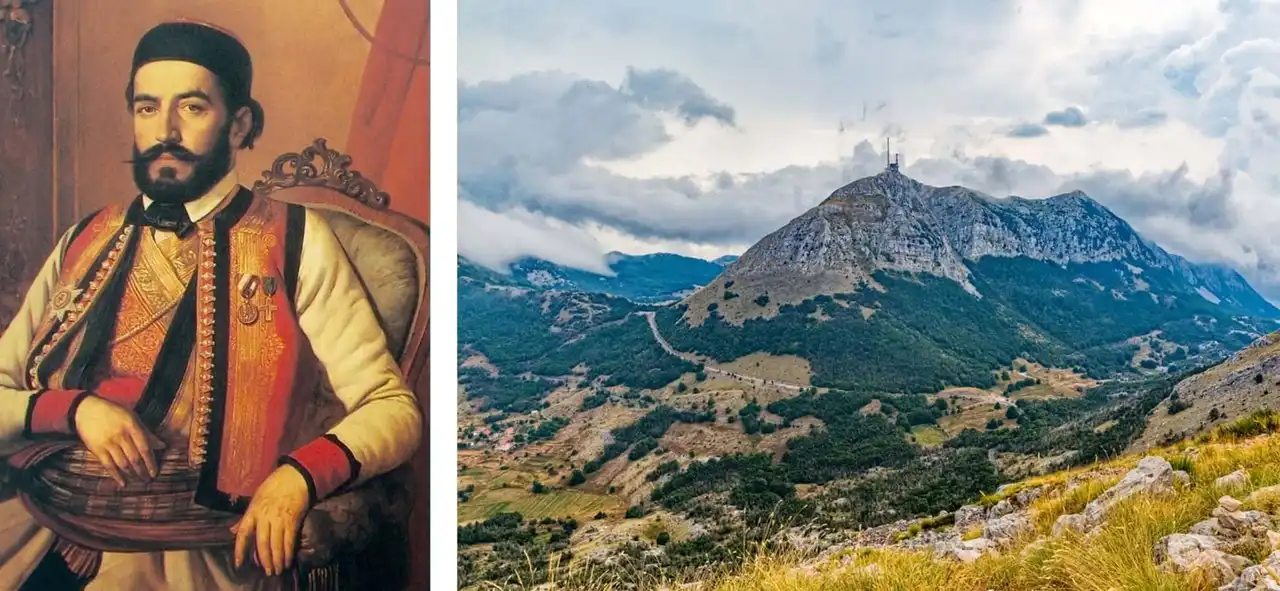
Find On the left: Petar II Petrović-Njegoš, 1813-1851 Find On the right: The Lovćen nowadays, which is no longer really black Photo credits: Wikipédia : Istorija i tradicija
Montenegrin folklore likes to tell that Lovćen has always resisted the Ottoman invasion. If history has a seeming truth, the historical reality agrees that the Turks did not want to bother to conquer the scattered towns in the mountain. What is, however, certain is that the Montenegrins have always challenged the Ottomans as soon as they took power in the 15th century.
At first, from the 16th to the 19th century, the Prince-Evêché of Montenegro established a theocracy around Cetinje and its monastery which, without questioning the Ottoman suzerainety, countered the Turkish plans, to the point of yielding the region in 1852. In a second time, in 1876, barely 10,000 Montenegrins defeated an Ottoman army composed of 75,000 men, thus doubling the territory of the Principality of Montenegro, later of the kingdom.
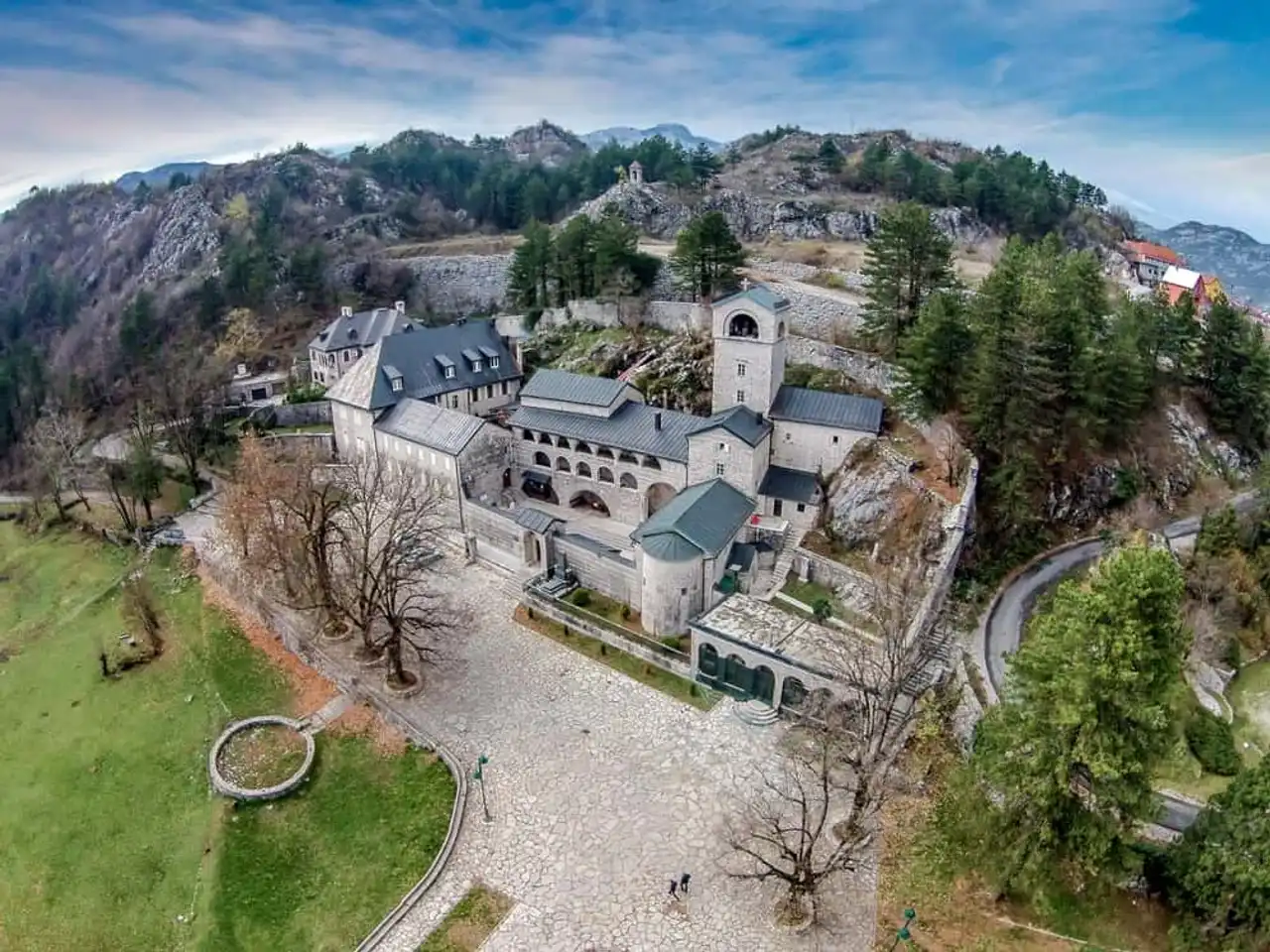
The monastery of Cetinje, symbol of the Montenegrin resistance to the Ottomans Photo credit: Shutterstock : sduraku
Cetinje then became the capital, homage to the city symbol of Montenegrin resistance and its prince, then its king, established the seat of the government there. Today, the city retains the majority of old embassies, some abandoned, others transformed into museums, the new monastery and the ruins of the previous one. Above all, there is a patriotic atmosphere, more than in any other city of Montenegro, and surprisingly relaxing.
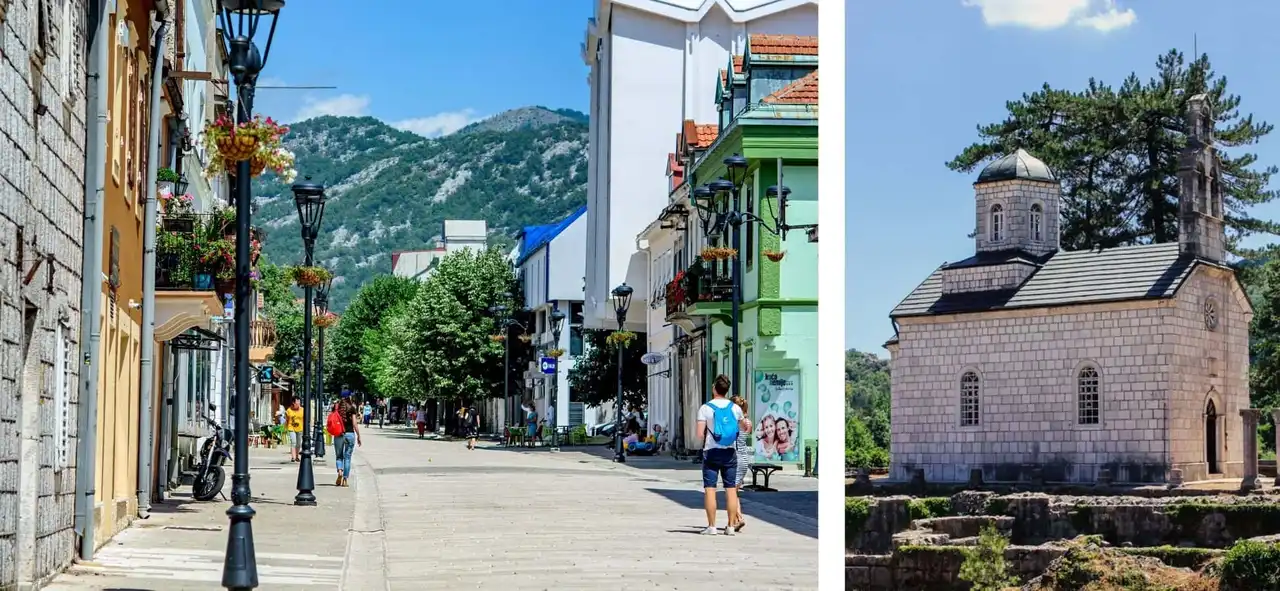
Find on the left: the main street of Cetinje To the right: the ruins of the ancient monastery of Cetinje and its church Photo credits: Shutterstock : Dizfoto Find zdgzdhgsdh
As far as Cetinje, walking a few kilometers from village to village, to Njeguši, where Petar Petrović-Njegoš was born, we travel to the arteries of Montenegro, in places probably never conquered. Also we are very far from the atmosphere of the Kotor Buttes! These villages wish to preserve their ancestral and culinary traditions (including Njeguši cheese) and their architecture in stone houses.
Finally, from the Lovćen road or the vertiginous serpentine road to Kotor, it is a magnificent view of the Bouches that opens before our eyes.
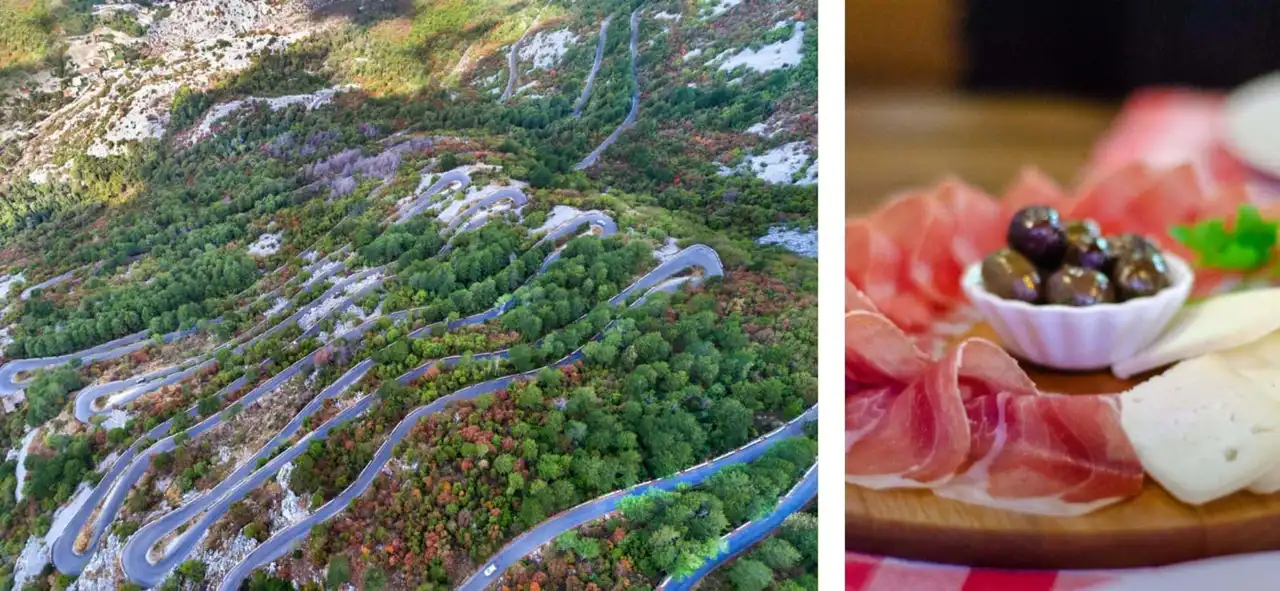
Find on the left: aerial view of the serpentine route On the right: smoked ham and cheese are the specialities of Njeguši. If you are on site, do not order "a board" Find Photo credits: Shutterstock : Aleksei Kazachok Pfeiffer
From Durmitor to Biograska Gora, discovering the mountains of Montenegro
Montenegro is also a meeting with nature. Despite its small size, the country is home to five national parks. In addition to the Lovćen, three other national parks are mountainous, including the Durmitor and Biogradska Gora.
The Lovćen itself offers beautiful hikes, the center of which is Ivanova Korita. For the most afflicted, the best known is that from Kotor. On the menu, sweat and a breathtaking view. But it is well in Biogradska Gora and especially in Durmitor, ranked at UNESCO World Heritage, that the mountain of Montenegro reveals all its secrets.
In Durmitor, mainly centred around the city of Žabljak, we are going to discover the glacier lakes, the most remarkable of which is the Crno jezero (black lac). Accessible to all, he has this ability to amaze us both in the summer, where his blue-green color is magnificent, as in winter, when he looks at his most beautiful snow coat.
The hikers can indulge in their favourite leisure to discover another lake, the Škrčko jezero a treasure hidden in the midst of the tops and foot of the highest of them, Bobotov Kuk , about 2,500 meters above sea level, which can be climbed by another slope.
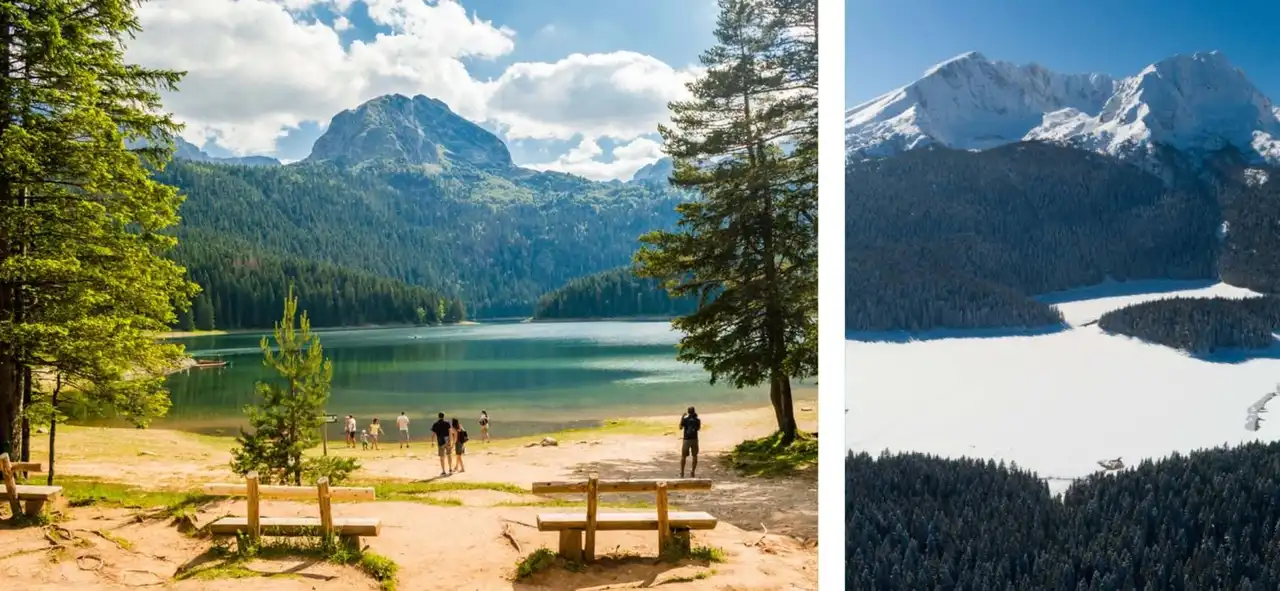
Find Left: Black Lake in the summer with Bobotov Kuk in the background... On the right: ... and winter! Photo credits: Shutterstock : Andrii Lutsyk biggunsband
There are about 20 possible hikes in Durmitor, with many available accommodations. The park is crossed by the Tara River, forming the canyon of the same name, the deepest in Europe since it reaches up to 1,300 meters! The most beautiful and accessible view is admired from the bridge of Djurdjevica Tara.
From spring to autumn, rafting can be performed on the part of the river serving as a border between Montenegro and Bosnia. In winter, the national park is not accessible, apart from its small ski resort and around the black lake.
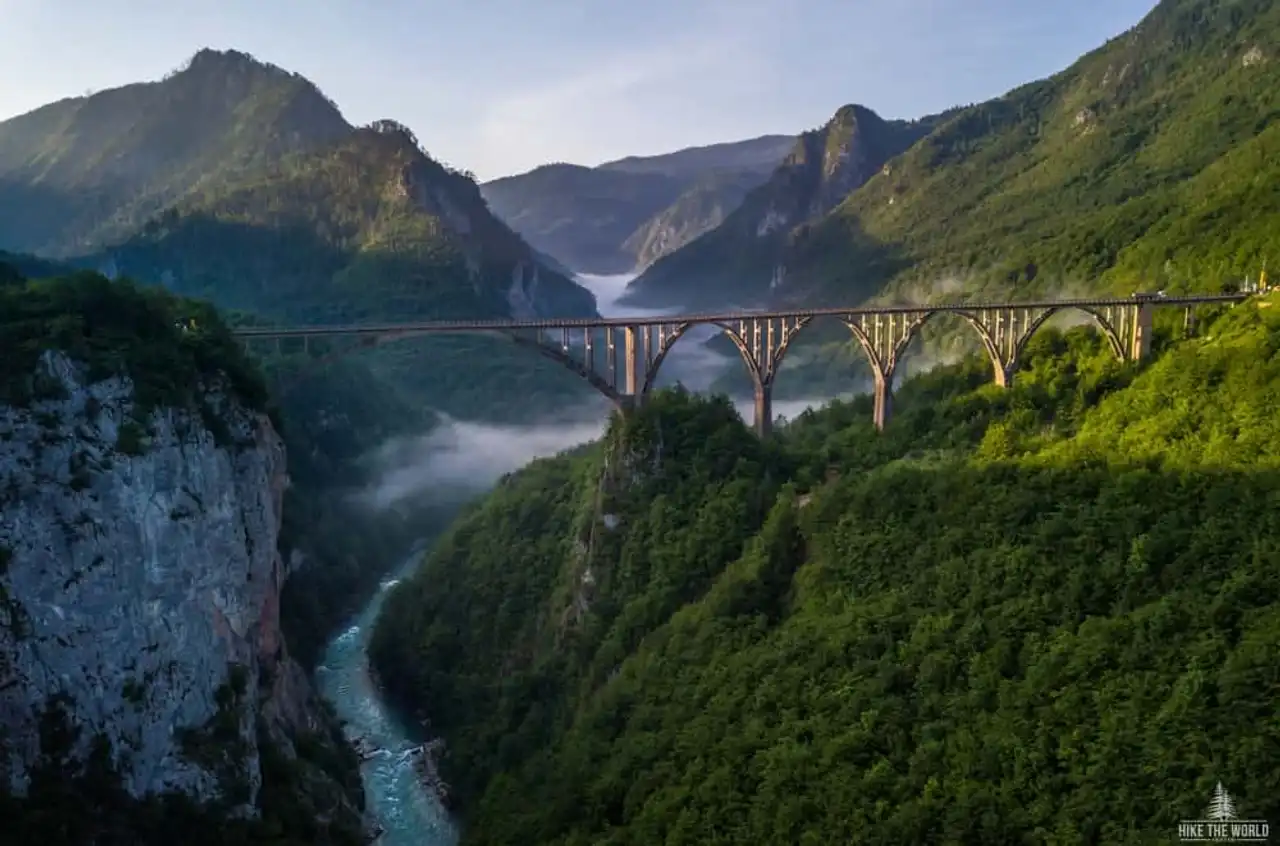
The Tara Canyon and the Djurdjevica Bridge Photo credit: Shutterstock : Hike The World
Less known, Biogradska Gora Park, located near Kolašin, Montenegro's ski resort, is a mini Durmitor. A few small, more or less well marked hikes, peaks and some glacier lakes! But it is mainly one of the last three virgin forests in Europe. A place that, like the Durmitor, can travel by bike.
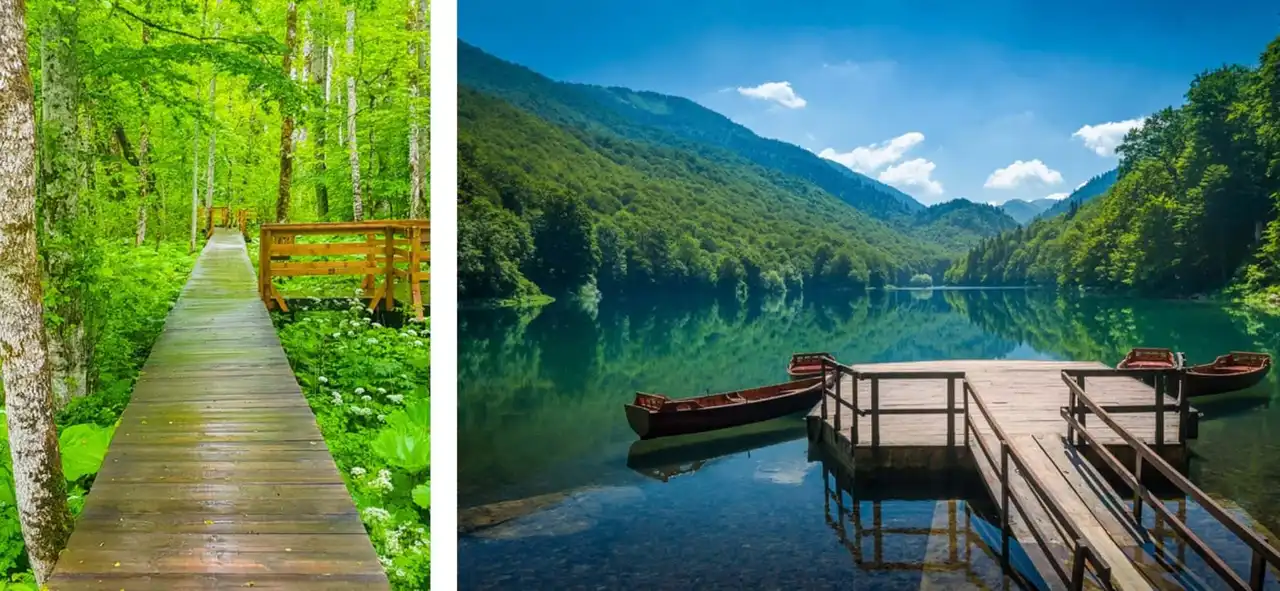
Find On the left: the virgin forest on the right: ... the lake Photo credits: Shutterstock : AlexaFelice |MISUMI
Finally, south of Kolašin, the most adventurous will be able to try out the hike leading to the Mrtvica Canyon. If the reward at the end is worth it, be warned: it is a difficult or dangerous hike. Some passages are indeed at the edge of the precipice with the potential to cross many snakes in the summer!
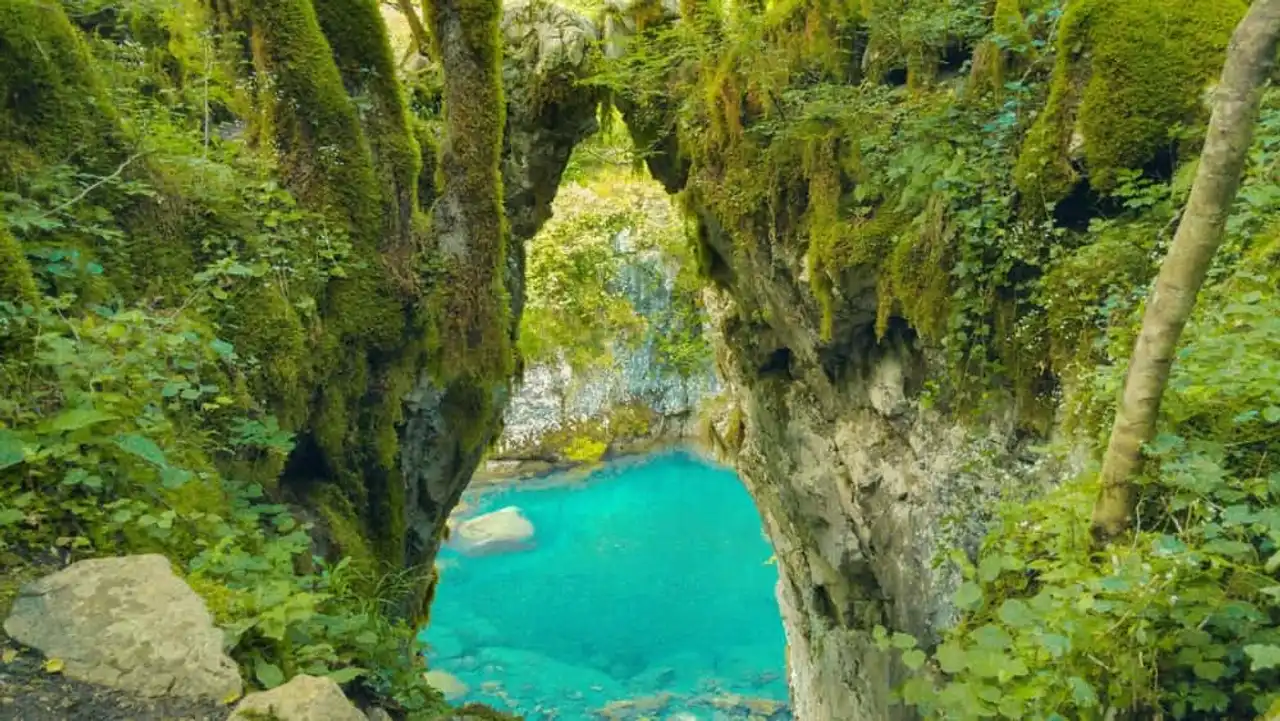
This place, well-named the Souhaits Gate, appreciates itself after a turbulent and difficult hike Photo credit: Shutterstock : Beauty Style
From Budva to Bar, the wonderful coast of Montenegro
In addition to the Bouches de Kotor, the Montenegrin coast extends little or no from Budva to the Albanian border, with Bar as the “border city”, the two parts having little in common. Detail we will develop in the last paragraph.
By walking the road between the two cities, it is difficult not to be overwhelmed by the landscapes. Especially by the blue of the water, sometimes turning to the turquoise, or with the small villages on the seaside, as well as the islands. A dozen beaches, whether private or not, accessible or not by car, offer a moment of relaxation at the turn of a visit. Unlike the Bouches de Kotor, it is true beaches, mostly covered with pebbles or stones.
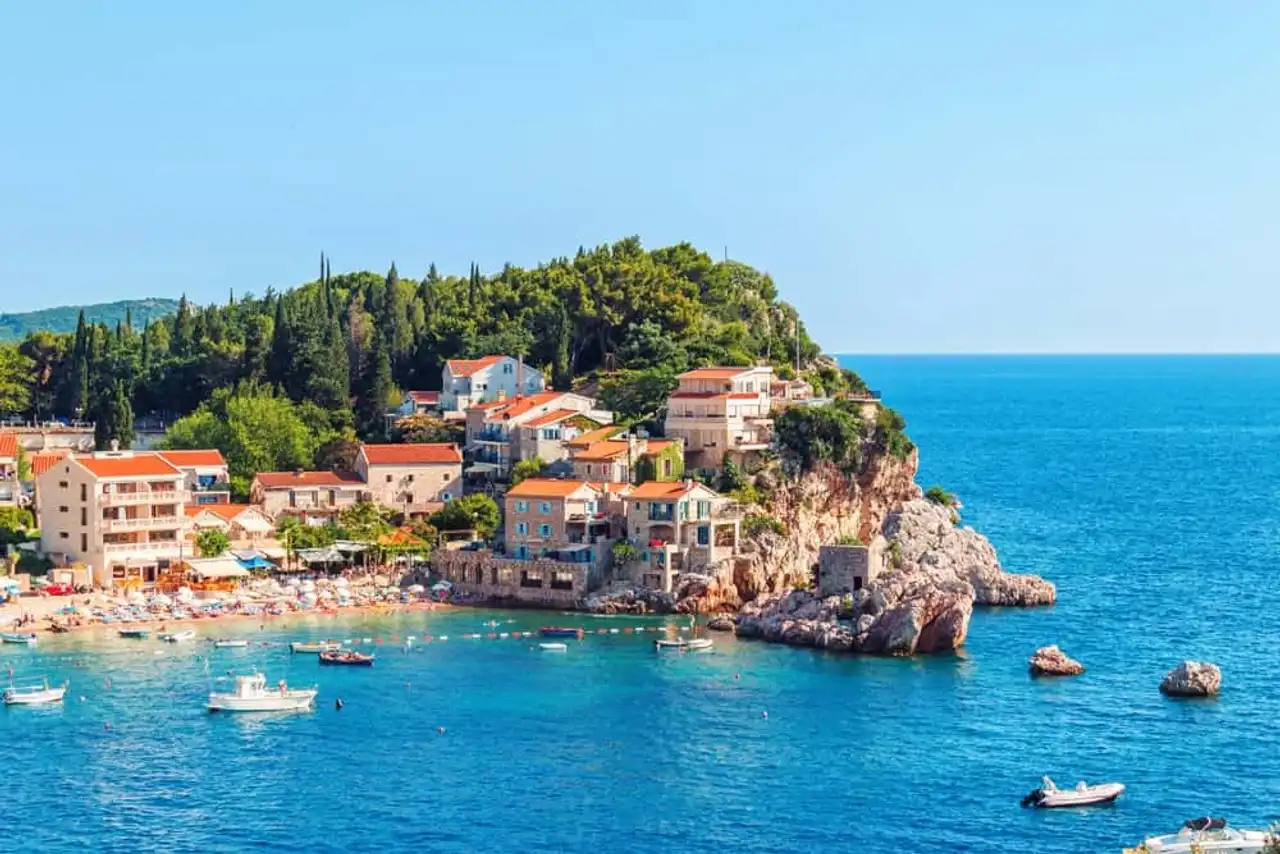
Przno, between Buvda and Bar Photo credit: Shutterstock : BUCKO 28
Let's start our journey by Budva, the most tourist city in Montenegro. If the term does not necessarily have a pejorative side, it is true that Budva can sometimes act as a small amusement park where the Russians are majority. Fortunately, we stay very far from Dubrovnik and the city visits without walking on the feet.
The first image of Budva is a city that moves. All buildings under construction, full terraces and summer nightclubs outside. The walk along the small port invariably leads us to the old town, which seems almost new. It is not just an image: Budva was almost destroyed during the terrible earthquake of 1979.
Today, Budva came back from hell and her old town, if she doesn’t have the magic of Kotor, is a beautiful discovery.
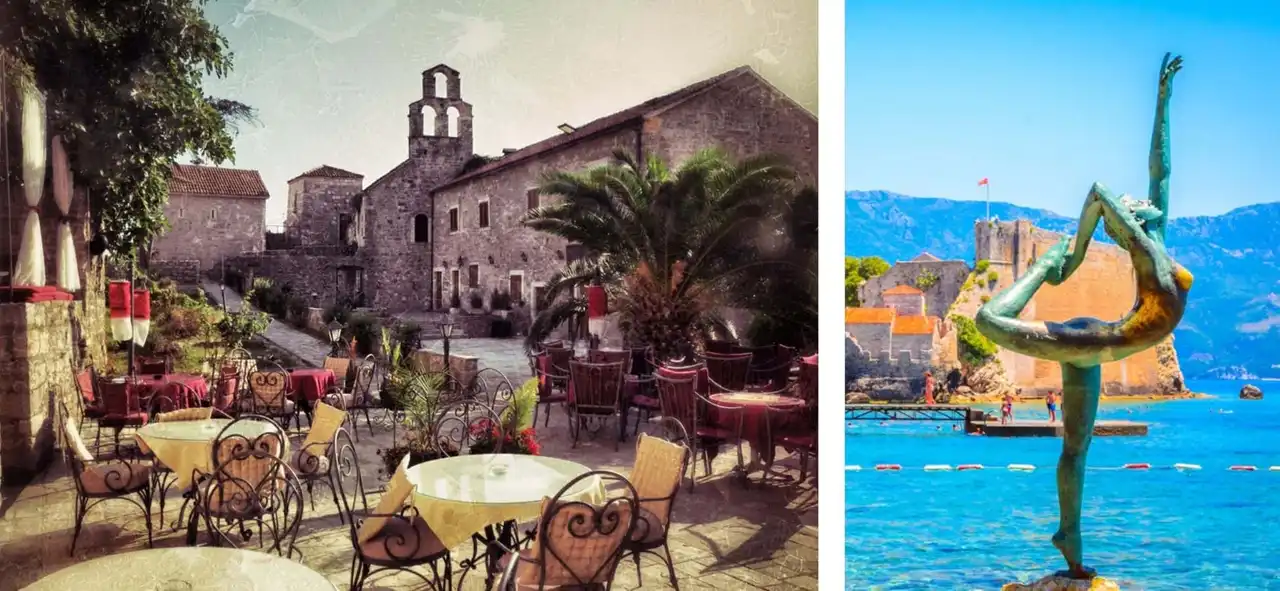
Find On the left: a typical square in the old town of Budva Find On the right: the famous statue of the little siren in Budva Photo credits: Shutterstock: Oleg Znamenskiy
Once you leave Budva, the city gives way to many large public beaches and, further, the village of Pržno (pronounced "perjno"). Dominated by a large hotel, Pržno nevertheless keeps an authentic side with its small stone houses. It is also the ideal place to lay the car and walk to the famous island of Sveti Stefan. This is the image of Épinal of Montenegro.
Yet it is inaccessible to the common mortals. Indeed, the places are semi-private and belong to a luxury hotel group, which also has the Villa Miločer which can be seen closely. Island of fishermen until the beginning of the twentieth century, Sveti Stefan is transformed into a luxury hotel under the communist regime of Yugoslavia. They were not at a contradiction!
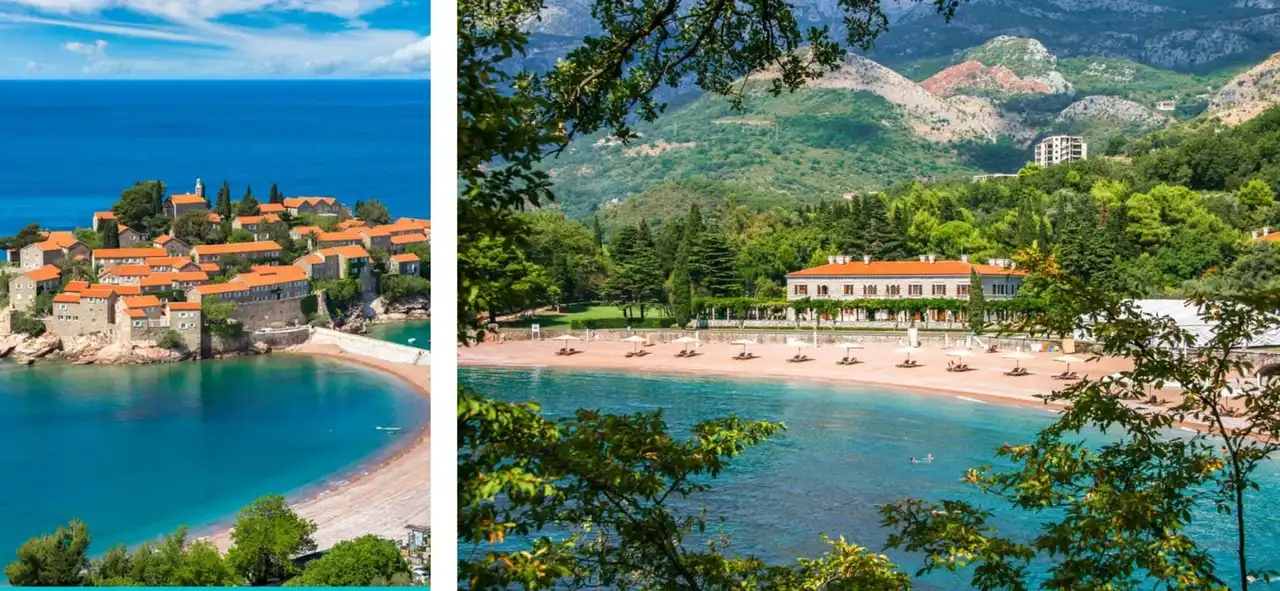
Find On the left: Sveti Stefan or the great luxury at the Montenegrin Find On the right: Villa Miločer and its private beach in the summer. You can nevertheless walk between the villa and the beach Photo credits: Shutterstock : S-F |MISUMI
Despite this elitist character, it is one of the most beautiful seaside promenades in the country. There is a soothing place and beautiful beaches. Anyone who appreciates the beauty of the surroundings the time of a coffee. A place where it is even possible to dip off the summer season, when the beaches are not privatized, the weather can be ideal for swimming until the end of October.
From Sveti Stefan to Bar, there are numerous beaches and coves, close to the villages of Buljarica or Čanj. These places are generally preserved, few tourists who know the wonders that are at the bottom of the road. It must be said that once you get out of the main road, it is very steep, narrow and/or poorly maintained. Nothing very welcoming, so.
Around these beaches is the village of Petrovac, charming fishing town offering panoramic sea views from a hill. An ideal place to spend the night if Budva is too loud for you.
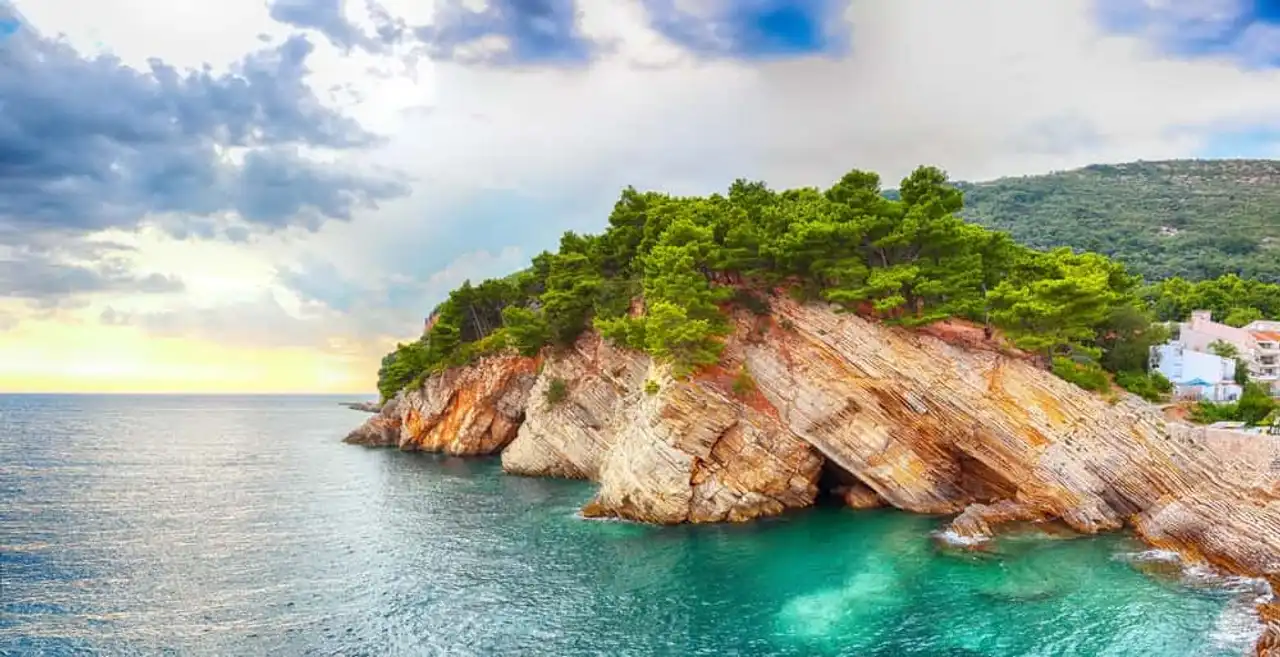
The view from the remains of Petrovac Castle Photo credit: Shutterstock : Vadym Lavra
Finally, if time allows, do not miss the old town of Bar, located on a hill away from the new city.
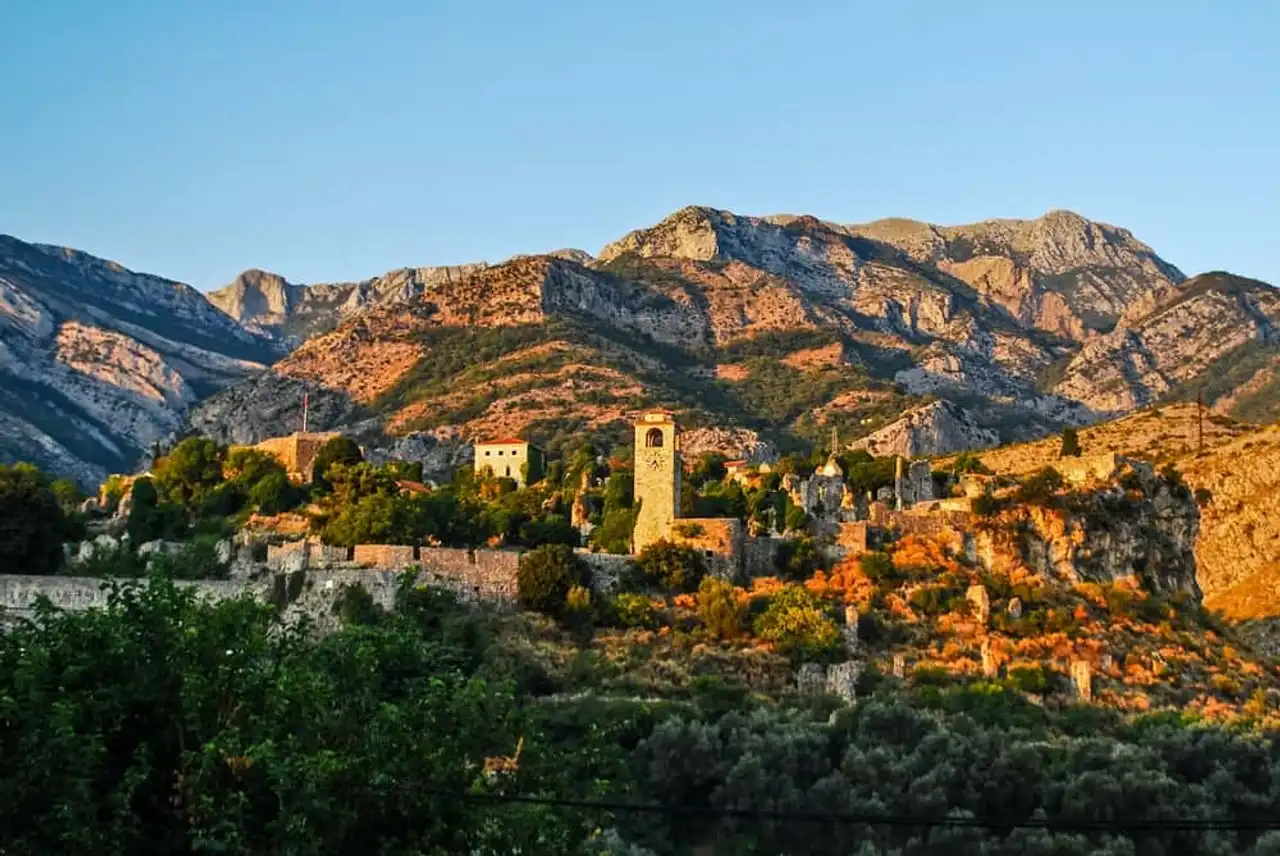
The old town of Bar Photo credit: Shutterstock : Bojan i Jelena
The monastery of Ostrog, at the turn of religious Montenegro
The most visited monument in Montenegro is not the Kotor Cathedral, nor the Budva Citadel, even less the National Museum in Cetinje. To discover it, you have to go to a lost corner between Podgorica and Nikšić, accessible by a road dating from another time. The building in question is even dug in the rock and its white color is seen in the distance. We speak of the famous monastery of Ostrog!
This monastery, with Cetinje and Lovćen, is the history of Montenegro, with its complexity and contradictions. But also, if we believe the legend, a place of miraculous healings.
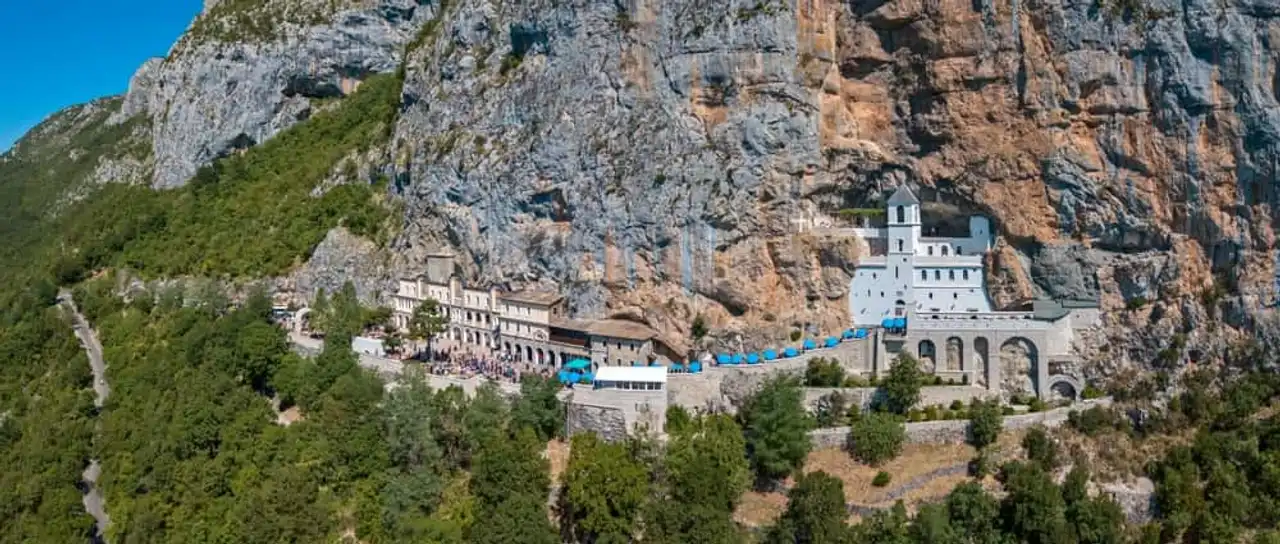
Aerial view of the monastery of Ostrog Photo credit: Shutterstock : Naeblys
Dedicated to Saint-Basile d’Ostrog, the monastery is recent since it was founded in the 17th century. The present aspect even dates back to the 1920s, since the old building was destroyed by fire. A monastery under the order of the Serbian Orthodox Church, it is a symbol of the complexity of Montenegrin territory, where Serbian influence, both historical and religious, is very pregnant.
The Orthodox Church is a powerful organization in Montenegro, considered a member of the family by almost all the Montenegrins of Orthodox confession. It is thus common to see a cross in the vehicles or the engraving of a saint in the dwellings. It can be complicated for a Frenchman to understand the power of this organization, the place of the church in the heart of the Montenegrins and the complex relations with Serbia, sometimes fraternal, sometimes tense, sometimes both at the same time.
Visiting Ostrog is thus discovering a variety of Montenegrin culture, its history and one of its most beautiful buildings. Of course, it is possible to reach the monastery high by car. But to make like a pilgrim the time of a day, it is necessary to begin with the visit of the lower monastery. Built in 1824 around the church of the Holy Trinity, it is the residence of the majority of monks.
Then let’s climb to the high monastery. A long and difficult three-kilometre hike, where stairs, roads and small passages in the forest alternate quickly. Once you arrive at the top, the atmosphere invites you to get into the skin of the pilgrims who have climbed this climb for centuries and you can admire the beautiful landscape from the monastery. The interior of the building consists of multiple chapels and engravings or mosaics of saints. A magical place and a must during a stay in Montenegro.
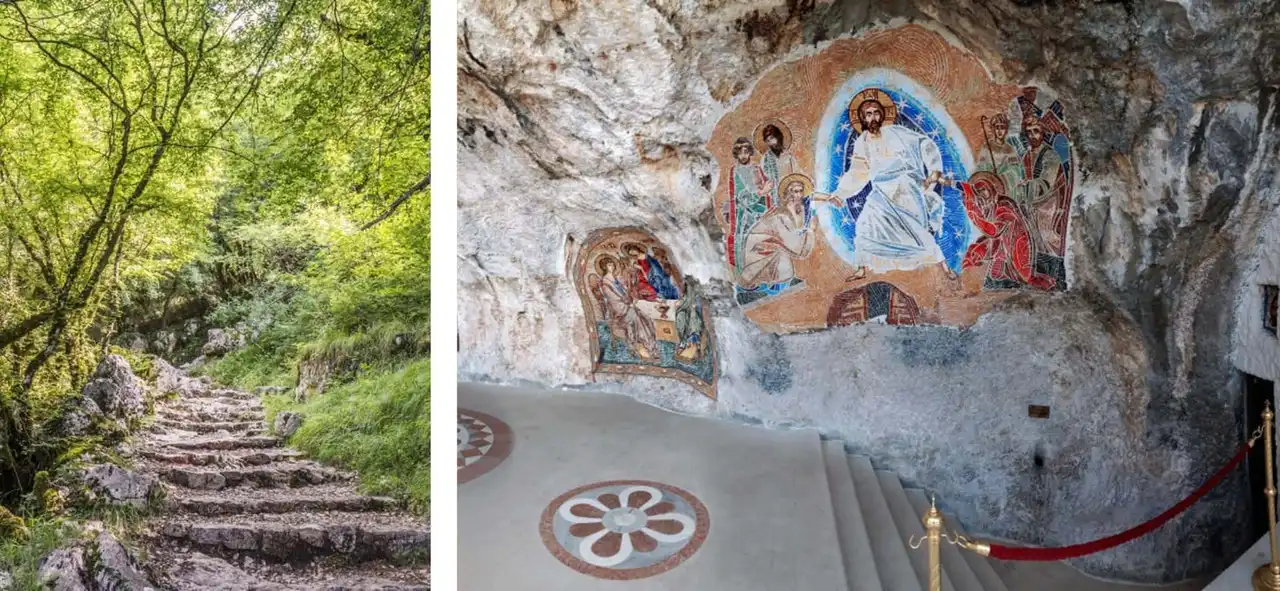
Find on the left: the path leading from the monastery of Ostrog Find on the right: mosaics at the monastery of Ostrog Photo credits: Shutterstock : Djordje Novakov
If faith animates you, there are many other monasteries. Among them are the monastery of Cetinje, already mentioned above, and the monastery of Piva, close to the Durmitor, not necessarily the most beautiful but one of the oldest and rebuilt stone by stone after its destruction by the Ottomans. Unless you prefer the monastery of Morača and its magnificent frescoes, located between Podgorica and Kolašin, Podmaine near Budva or Savina in Herceg-Novi.
From Skadar to Ada Bojana, the beauties of the Albanian border of Montenegro
Let’s finish our journey by the riches that lie around the border with Albania. First, the Lake Skadar , which appears as the first image of the country if you arrive by plane in Podgorica. If its colors differ depending on the season and the weather, the places remain magical and an incredible beauty for what represents the largest lake in the Balkans.
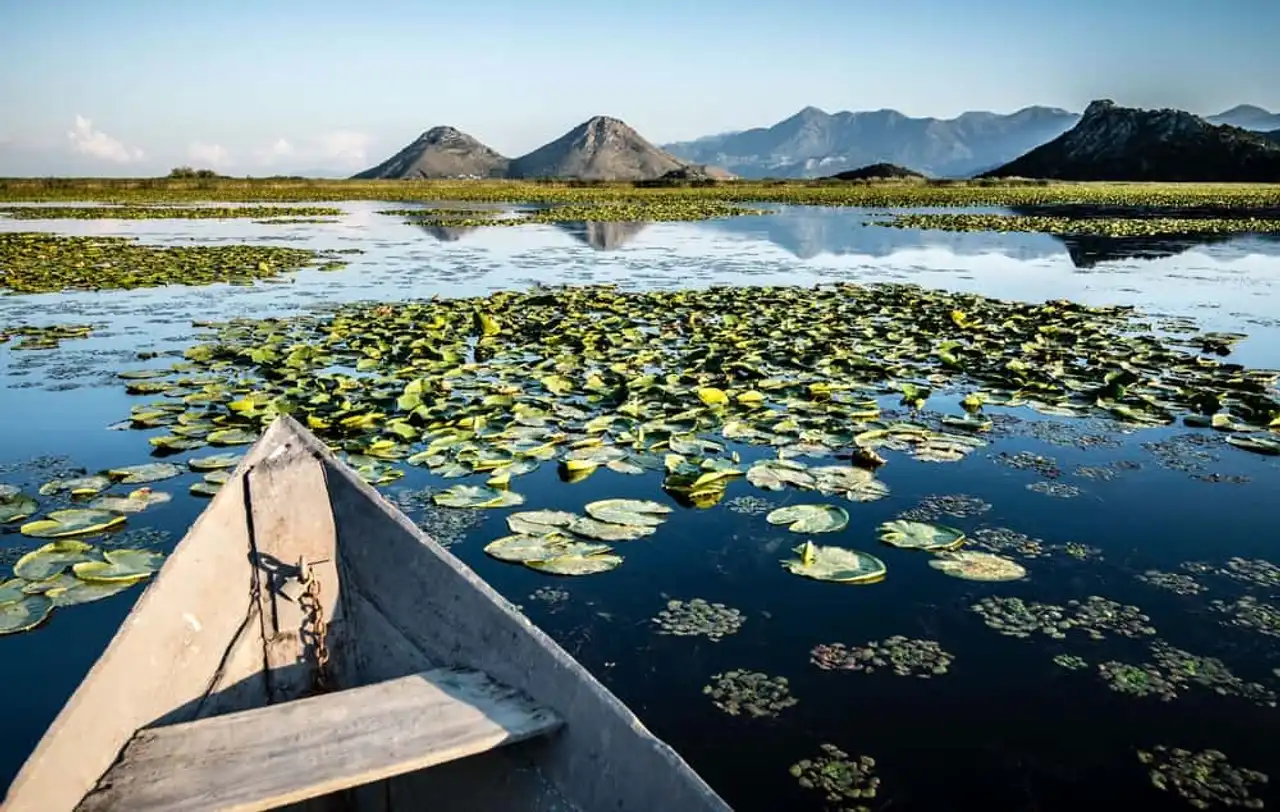
Skadar Lake offers magnificent cruises Photo credit: Shutterstock : Koni Kaori
From the village of Virpazar, where there is a magnificent view of the lake from the Besac fortress, it is possible to go by boat to admire the lake as close as possible. On the programme, a two-hour walk between the nenuphars, an escape through the water or a swim.
As for the best view of the lake, you have to venture on a small road to reach the point called Pavlova Strana , a mystical place where a abandoned hotel stands. From there you can see the river from the lake making the tour of an island and it is one of the most famous images in the country.
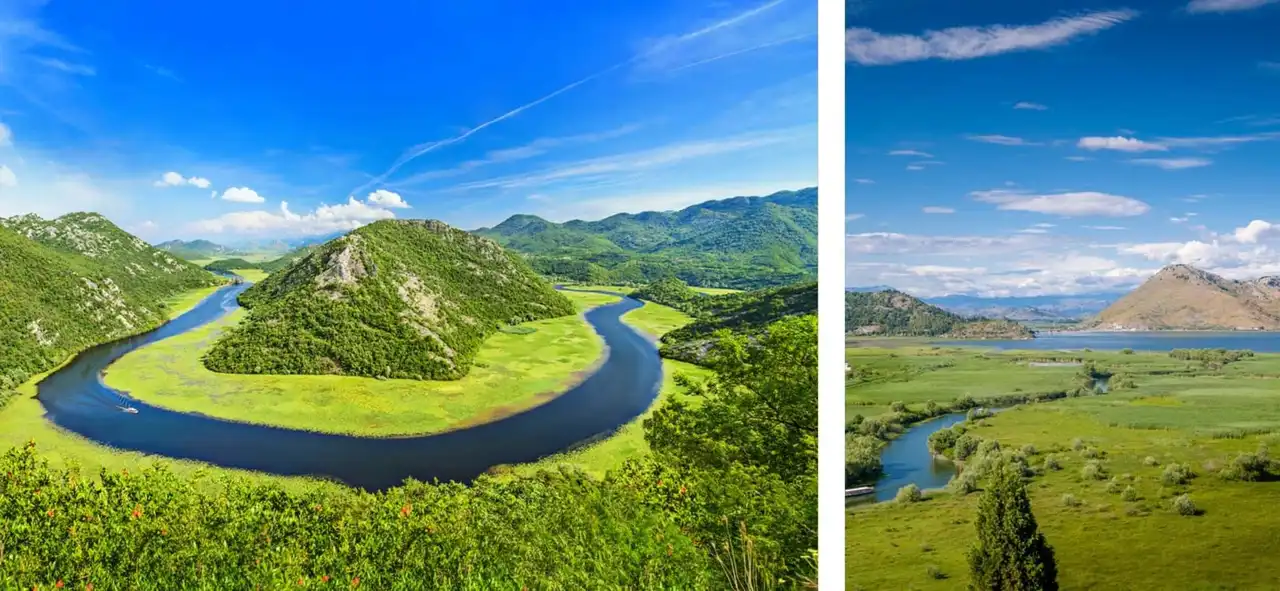
Find the right: the view from the Besac Fortress Find Photo credits: Shutterstock: Mirelle Nikiforov Alexander
Located about an hour’s drive from the lake, Ulcinj is one of the oldest in the region, as its foundation dates back to the fifth century before our era. This is the cultural and ethnic centre of the Albanian community of Montenegro, which represents 70% of the city’s population.
Under the Ottoman Empire, the region was also attached to the Albanian part of Scutari’s Sandjak for 500 years. Ulcinj is known for its festive atmosphere in the summer and its old town, which was once a castle. In particular, there is a mosque-church whose minaret was cut after Ulcinj’s attachment to Montenegro in 1878.
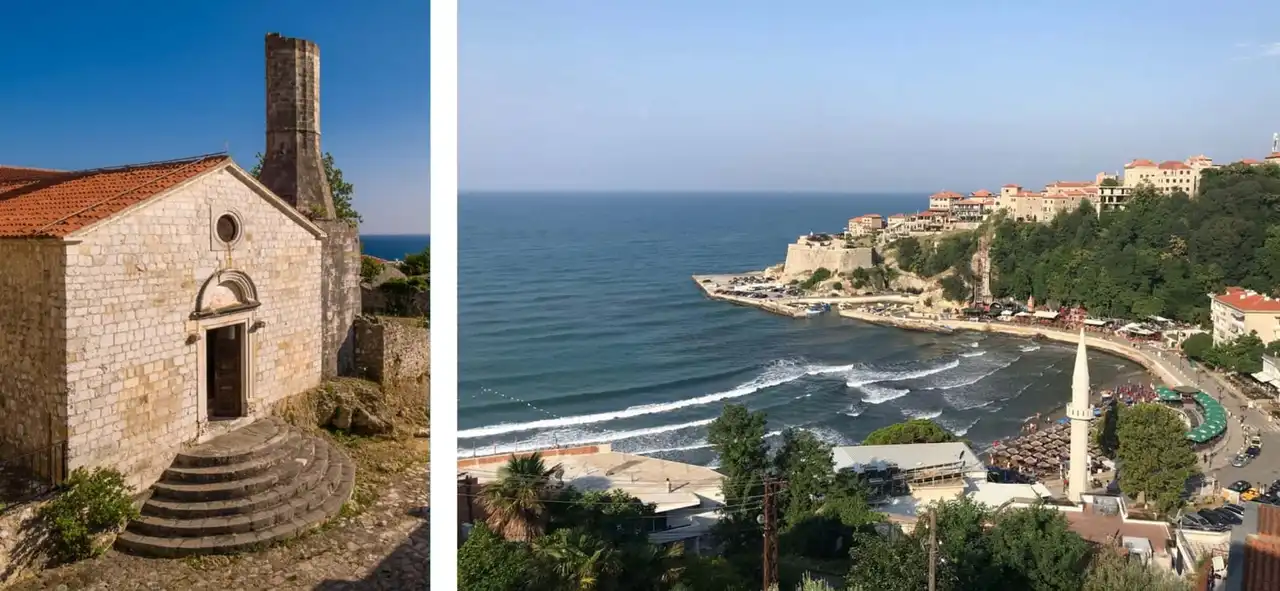
Find On the left: the ruins of Ulcinj Mosque-Church Find On the right: view of Ulcinj Bay Photo credits: Shutterstock: Nikiforov Alexander lialina
But Ulcinj is first known by its "long beach" ( Velika Plaža ), spread over twelve kilometers of fine sand. It is not only the longest beach in Montenegro but it is also the only sandy beach! Private and public beaches share space. It is, without a doubt, the most accessible beach in the country, the others being crowded, are too narrow, are magnificent but often privatized and expensive.
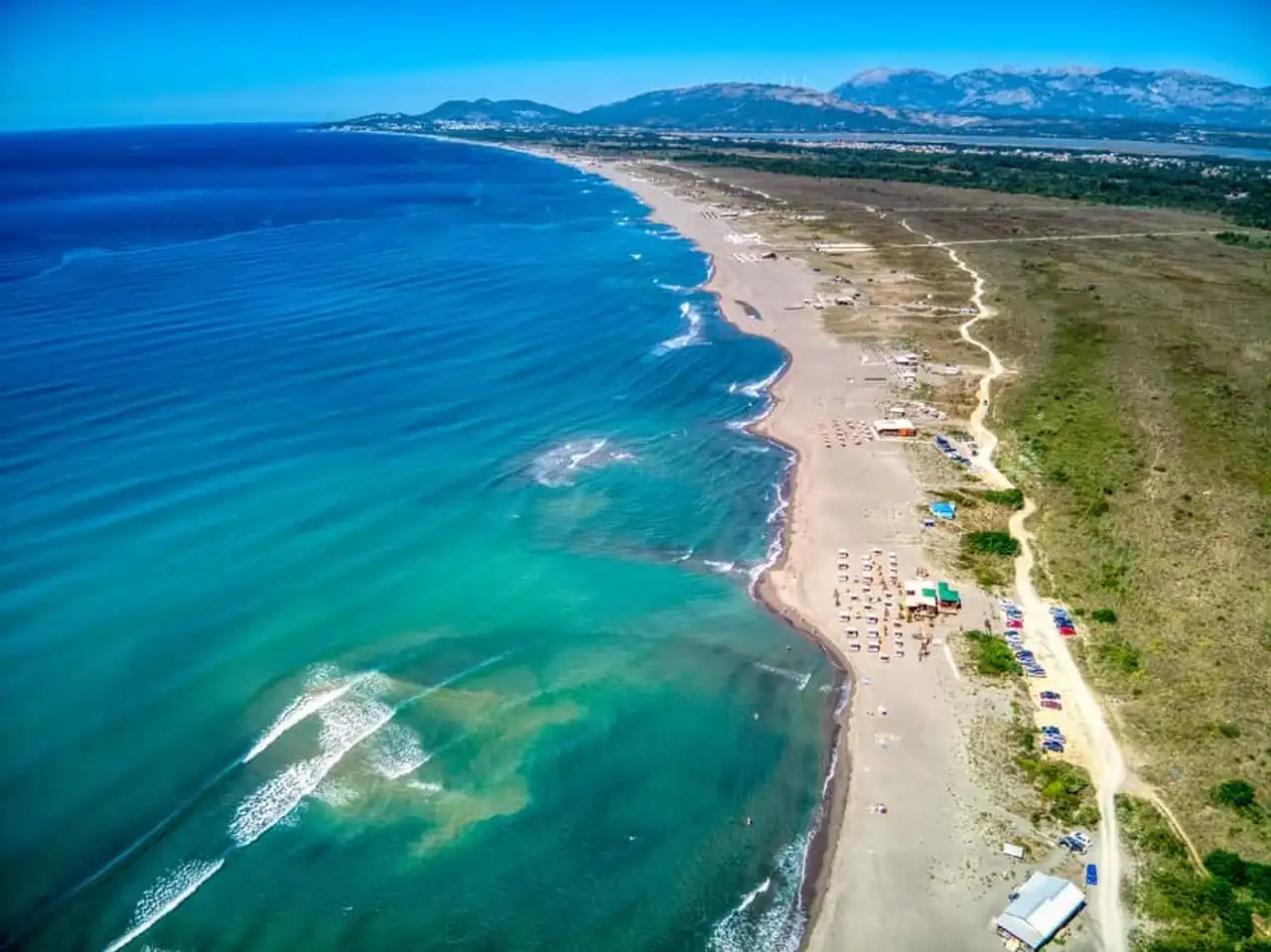
The long beach of Ulcinj Photo credit: Shutterstock : Dusan Radevic
All at the end of Velika Plaža is a triangular island, Ada Bojana. The geologists believe that this is a training delta and that is why the two arms of the Bojana River surround the island. Ada Bojana is a place to relax, discover the delicious specialities of fish and laugh in front of the show offered by the bridge too narrow for two cars coming face-to-face! The good idea might be to put a red light on both sides...
For interested people, Ada Bojana is the only naturist center in the country! Although the most important remains its profile, i.e. an island preserved at 95%, where nature has retained all its rights.
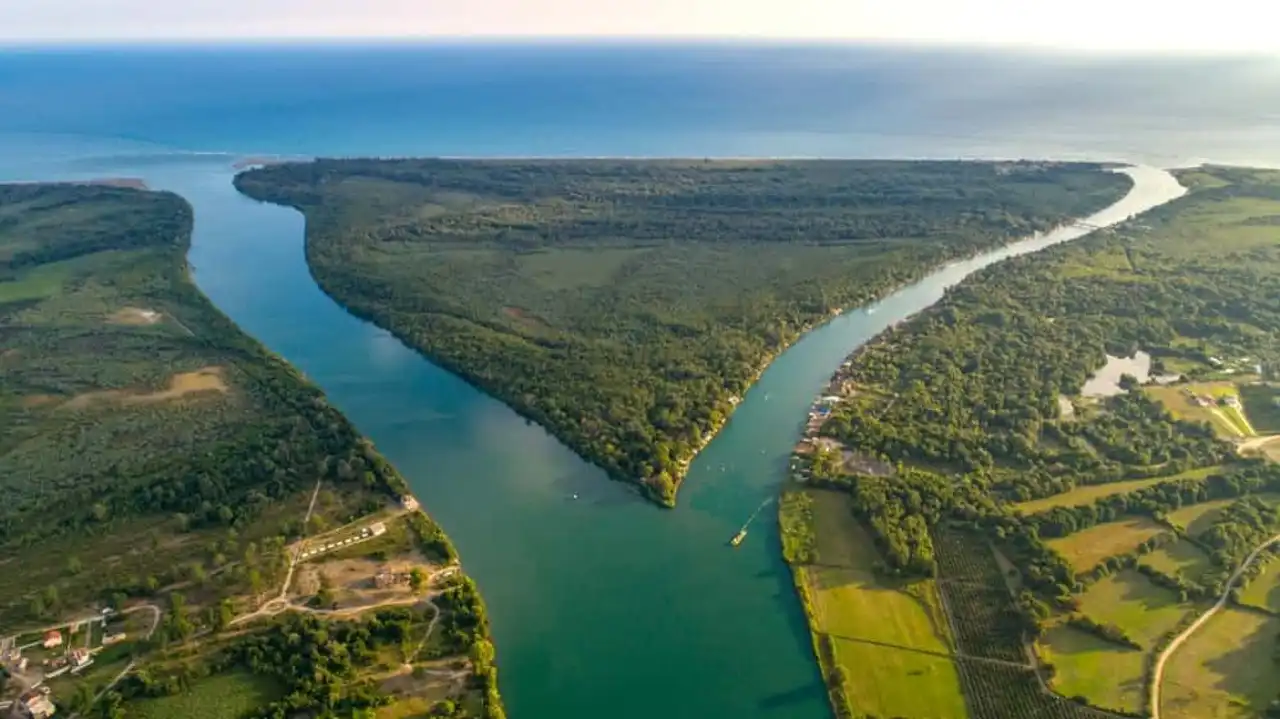
Aerial view of Ada Bojana Photo credit: Shutterstock : BUCKO 28
Finally, let's change the region while staying close to the Albanian border, with the last national park in Montenegro: Prokletije. Located close to Gusinje and Plav cities, it is the most recent of the country's five national parks and offer superb hiking, sometimes difficult, and breathtaking landscapes with valleys and lakes. It is in Prokletije that the highest point of Montenegro, the Zla Kolata.
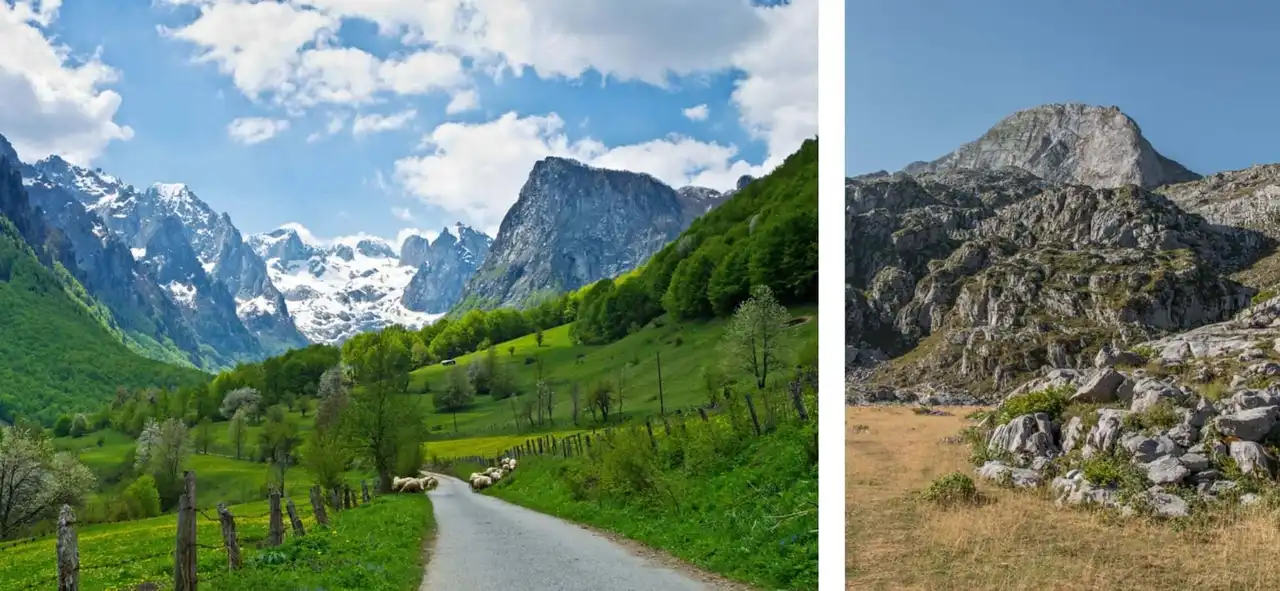
Find On the left: the Prokletije Valley Find On the right: in the background, the Zla Kolata, top of Montenegro Photo credits: Shutterstock : Green Mountain Montenegro
If this story tries to make you discover the country in its smallest treasures, it does not represent all that Montenegro can offer. Large cities (Podgorica, Nikšić, Bijelo Polje...) and more generally the north of the country, are voluntarily left aside but these places allow us to understand from within how the local society is organized.
Montenegro is also the discovery of villages lost from mountain to stone houses. It is going to meet the locals and their history. A fascinating country where the past tries to leave room for the future, with important consequences for the present. Montenegro is therefore an invitation to curiosity and the journey between sea and mountain.
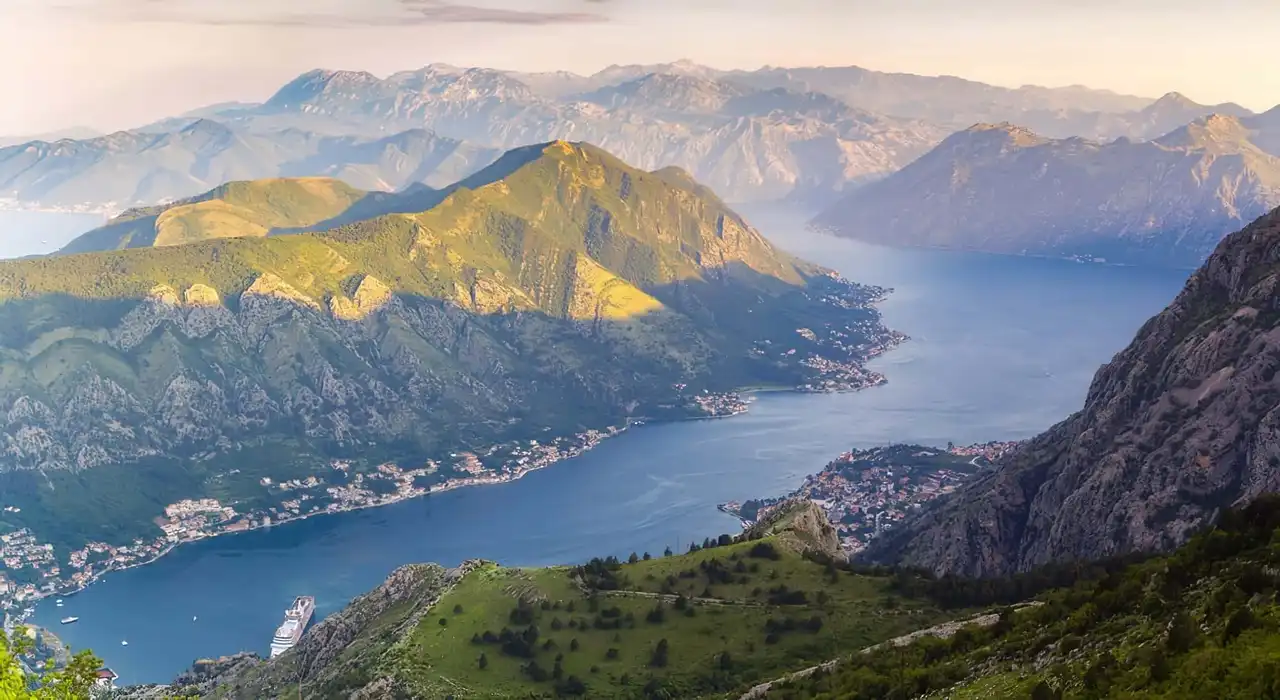




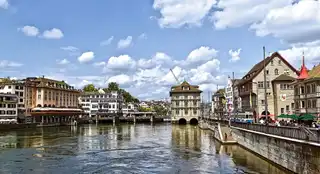
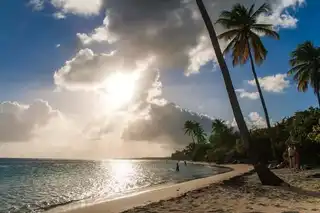
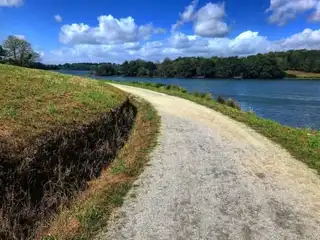
Loading comments ...